Bottom Loading
Muscles fibres change length during the performance of a full range of motion repetition. At the start (or bottom) of a repetition muscle fibres are relatively long. At the end (or top) of the repetition muscle fibres are relatively short.
For shear muscular size increases (as I have mentioned in past videos) muscles should be stressed in lengthened positions as opposed to shortened positions. The start of a repetition, therefore, is most valuable if your goal is muscular growth. There are various methods of emphasizing the start of a repetition. Collectively, I call them “Bottom Loading”.
Bottom Loading has spurred the greatest progress I have had since I started weight training as a teenager. In particular I have seen great progress in my biceps, chest, forearms and calves (areas that have always been very difficult – near impossible – for me to develop). Now this concept is catching on with popular influencers as scientific evidence begins to pile up:
https://pubmed.ncbi.nlm.nih.gov/37015016
https://pubmed.ncbi.nlm.nih.gov/33977835
https://pubmed.ncbi.nlm.nih.gov/36828324
https://pubmed.ncbi.nlm.nih.gov/35819335
https://pubmed.ncbi.nlm.nih.gov/33009197
The first, and simplest, method of bottom loading is to simply omit the top portion of the repetition on all your exercises targeting hypertrophy. Generally just the bottom third of a rep is performed on exercises such as squats, deadlifts, pullovers and flyes. Proper technique is paramount. Repetitions should be precisely controlled. Some muscle fibre length change should occur – avoid reliance on muscle elasticity. Keep in mind that pausing in the bottom position is not bottom loading and should be avoided. Pauses kill gains in strength and size and should only be performed by beginners as a method to refine technique.
The second method of bottom loading requires a little more imagination. Begin with a traditional exercise but then shift posture to emphasize the bottom of the repetition.
Standing Lateral/Lying Lateral

Standing Biceps Curl Lying Biceps Curl

Seated Quad Extension Lying Quad Extension

The third method of bottom loading is very easy to implement but requires some equipment setup. Recall your basic physics: Torque from moment arms are calculated as the perpendicular distance between the point of force application and the axis of rotation (just keep in mind that moment arms are heaviest when they are parallel to the ground). This use of moment arms can be seen as having an effect that is completely opposite that of resistance bands. With bands exercises always feel hardest at the top of a rep (when the band is stretched out) and easiest at the bottom. Moment arms can be used so that more effort is spent at the bottom of a rep and less effort is used at the top.


A new standard for hypertrophy has arrived. Judge any exercise (and the credibility of the person who recommended it) by its adherence to the following criteria:
- Does the exercise place the target muscle fibres in a lengthened position
- Does the exercise’s movement (and the intent of the lifter) fit the function of the target muscle fibres
- Does the exercise maximize loading
- Does the exercise emphasize the bottom of the repetition
Bottom loading is a giant leap in training methodology. Effectively applied, gains in size and strength are extraordinarily quick. For most, it results in enough size without resorting to steroids. It is more possible then ever to lose fat and gain muscle at the same time. Finally, effective muscle building may be the best tool we have to delay sarcopenia and the effects of aging. With bottom loading the future of muscle building is brighter than ever.
BTW – the featured image (image at the very top of the article) is an example of “Exercise Chindogu” – it does not make any sense. Don’t take it seriously.
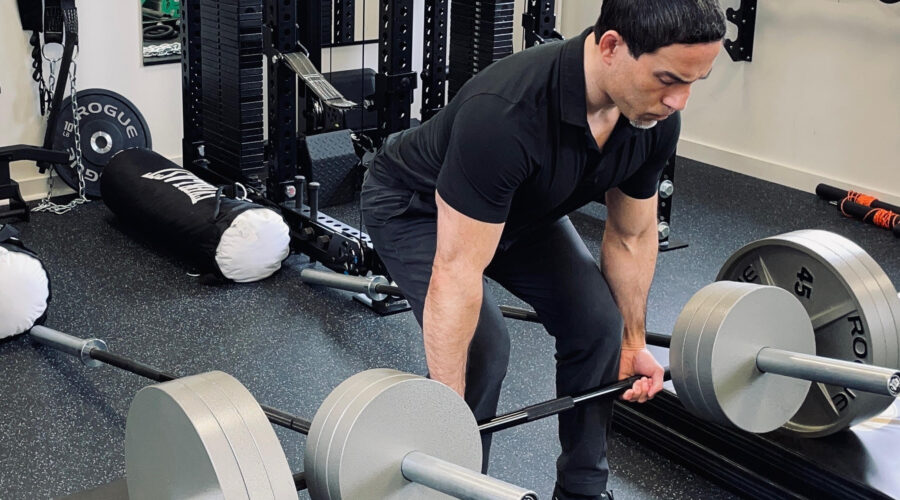
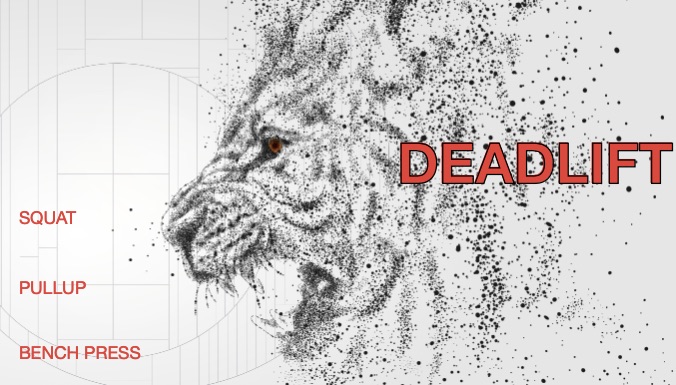
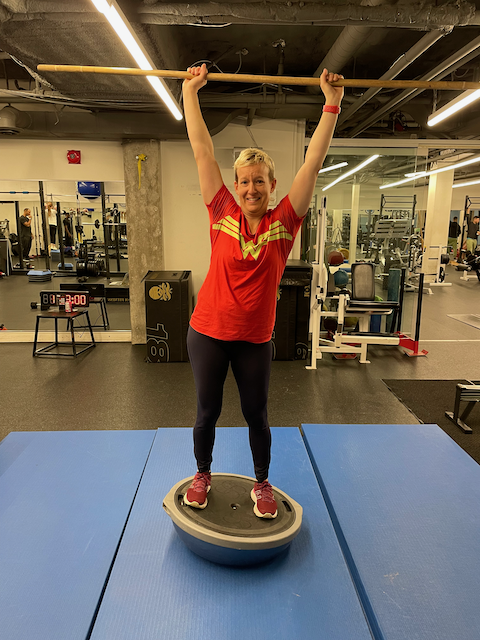
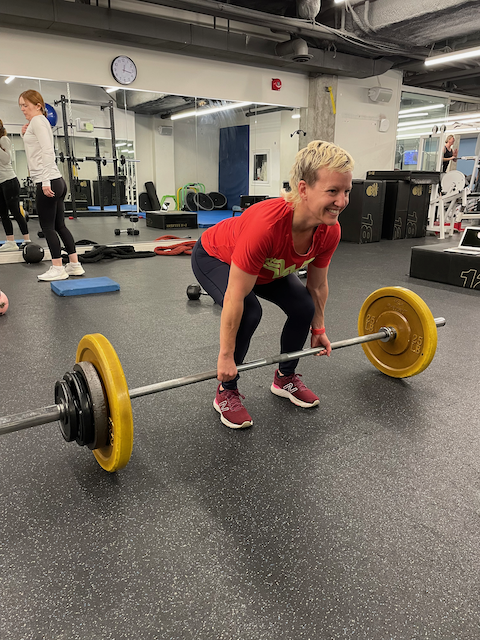
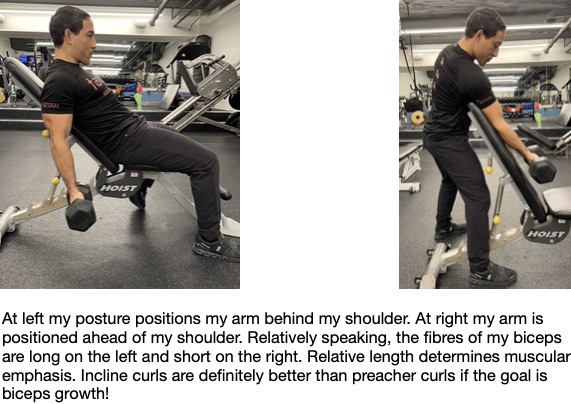
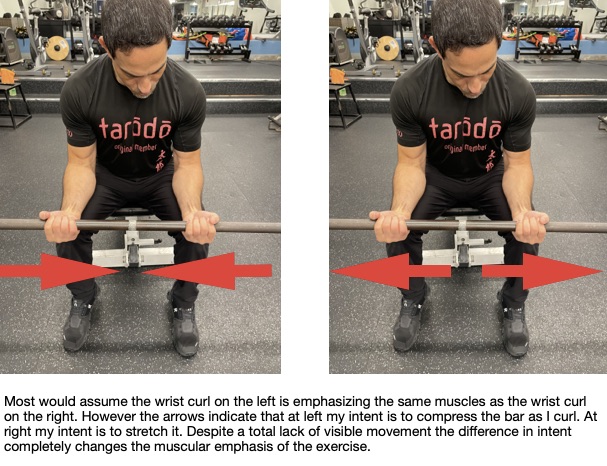
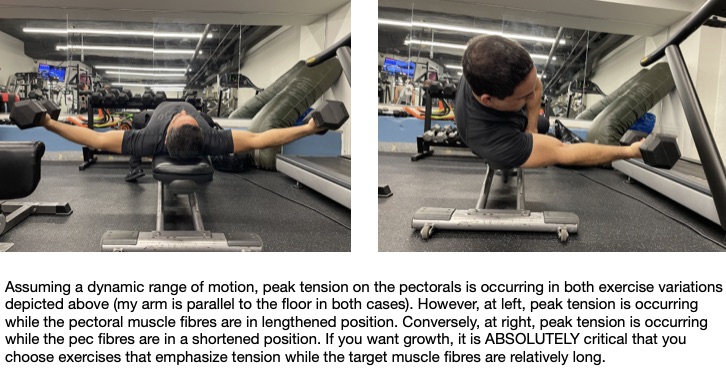
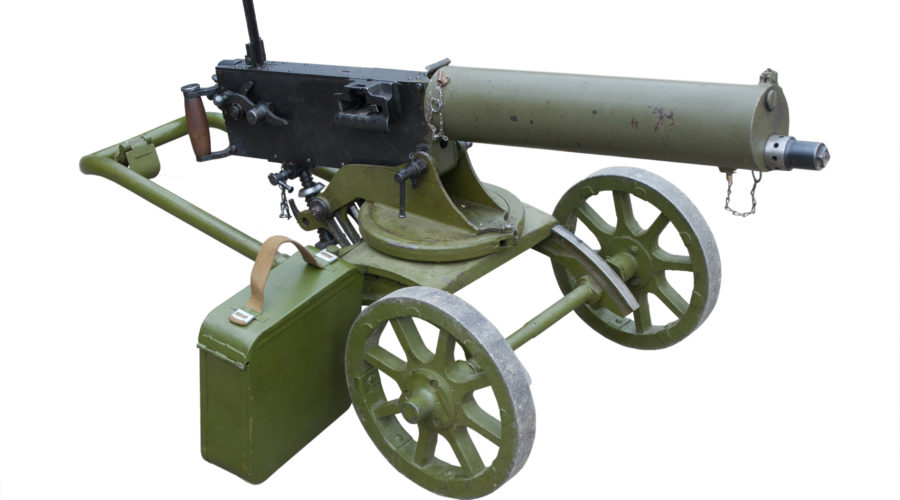
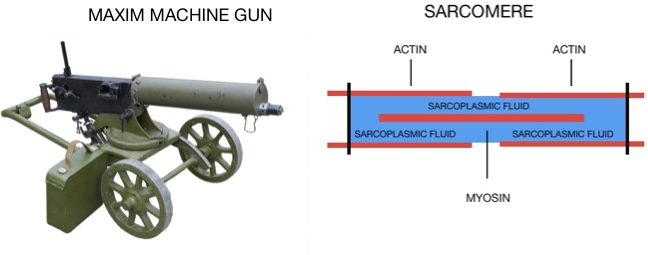
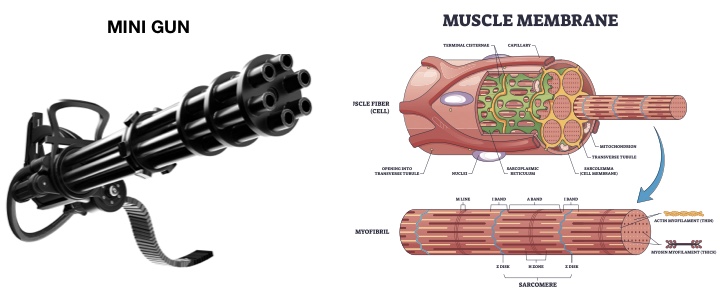
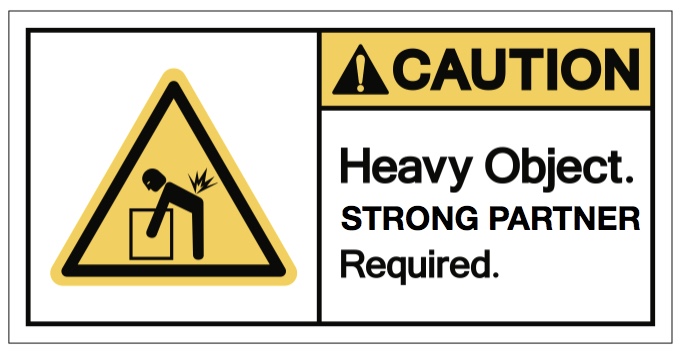
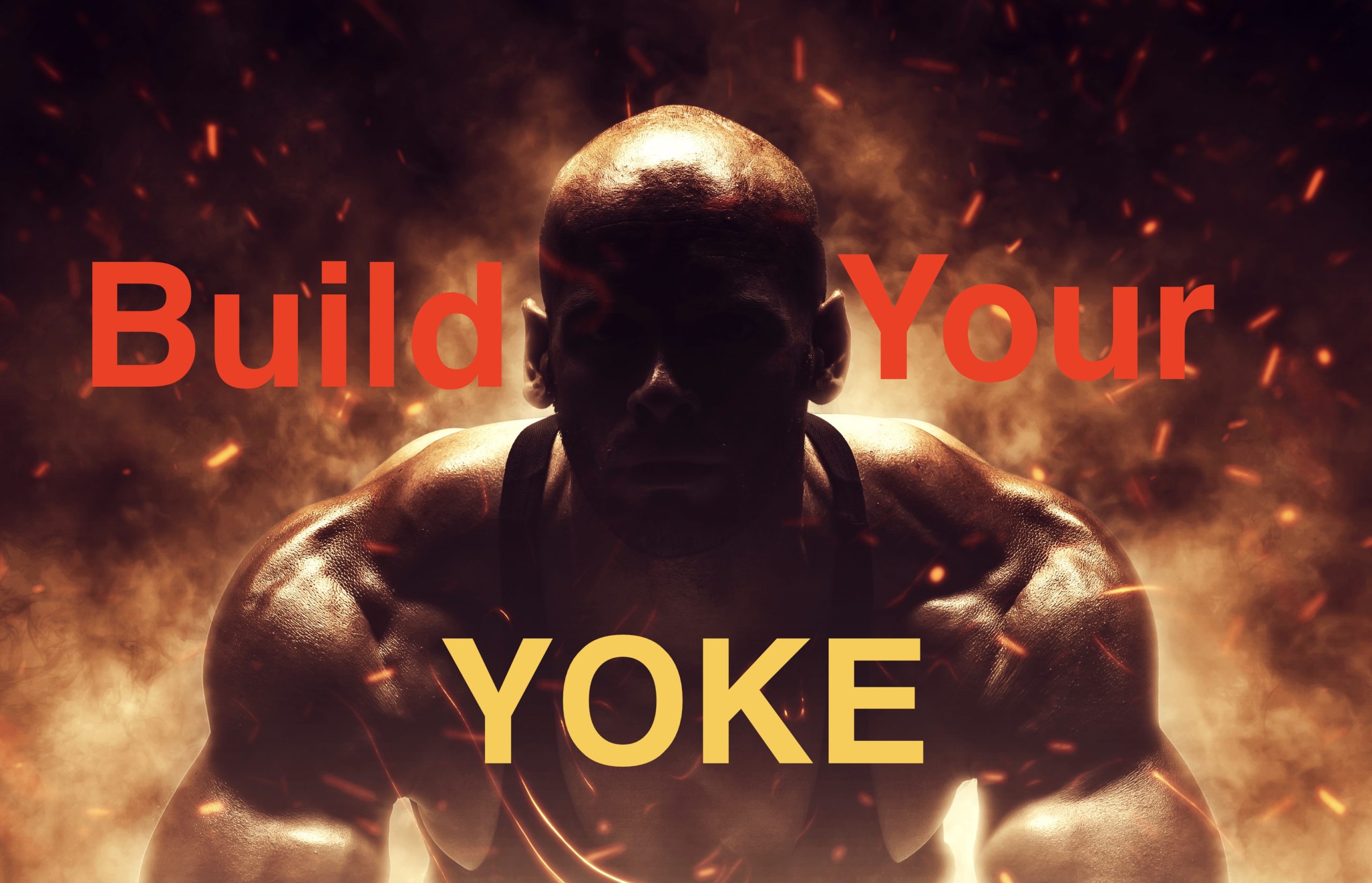
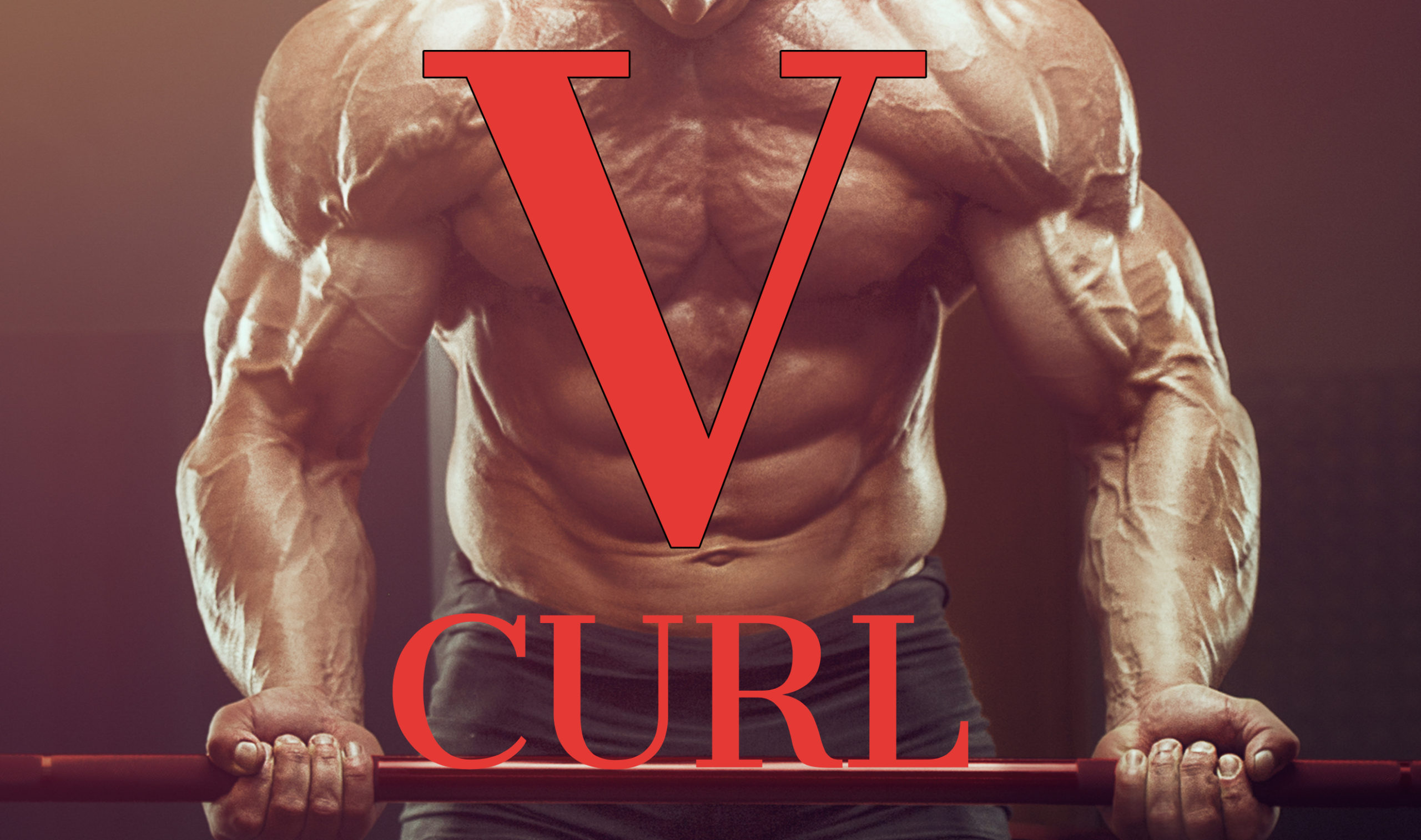
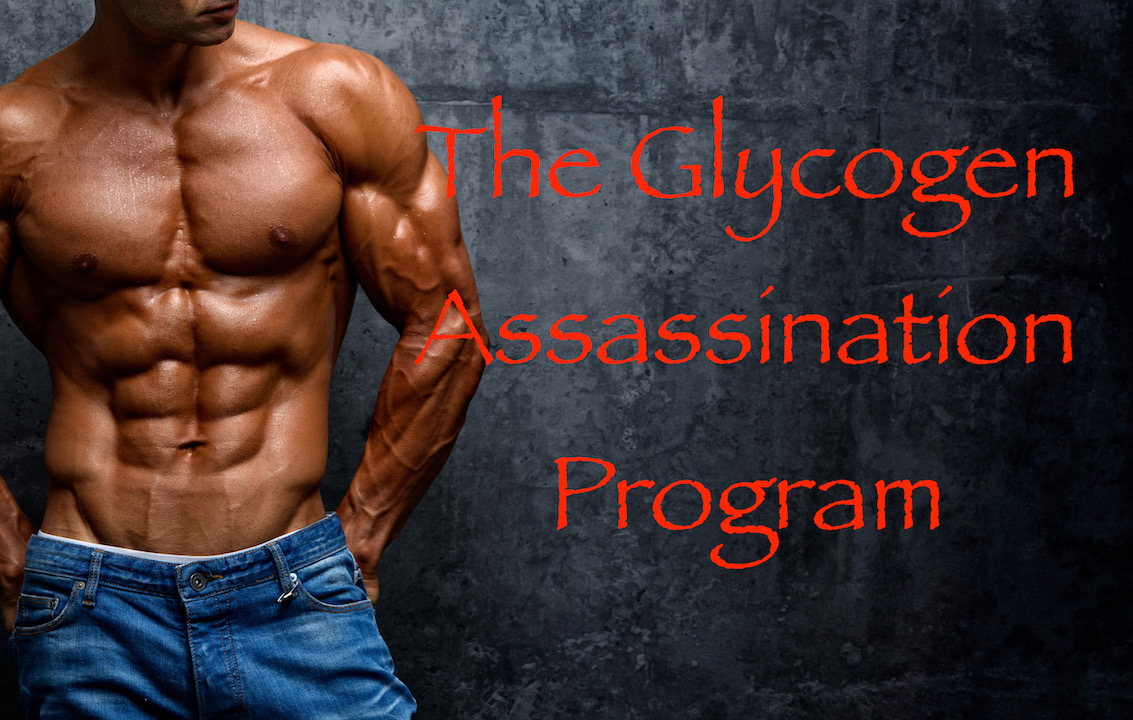


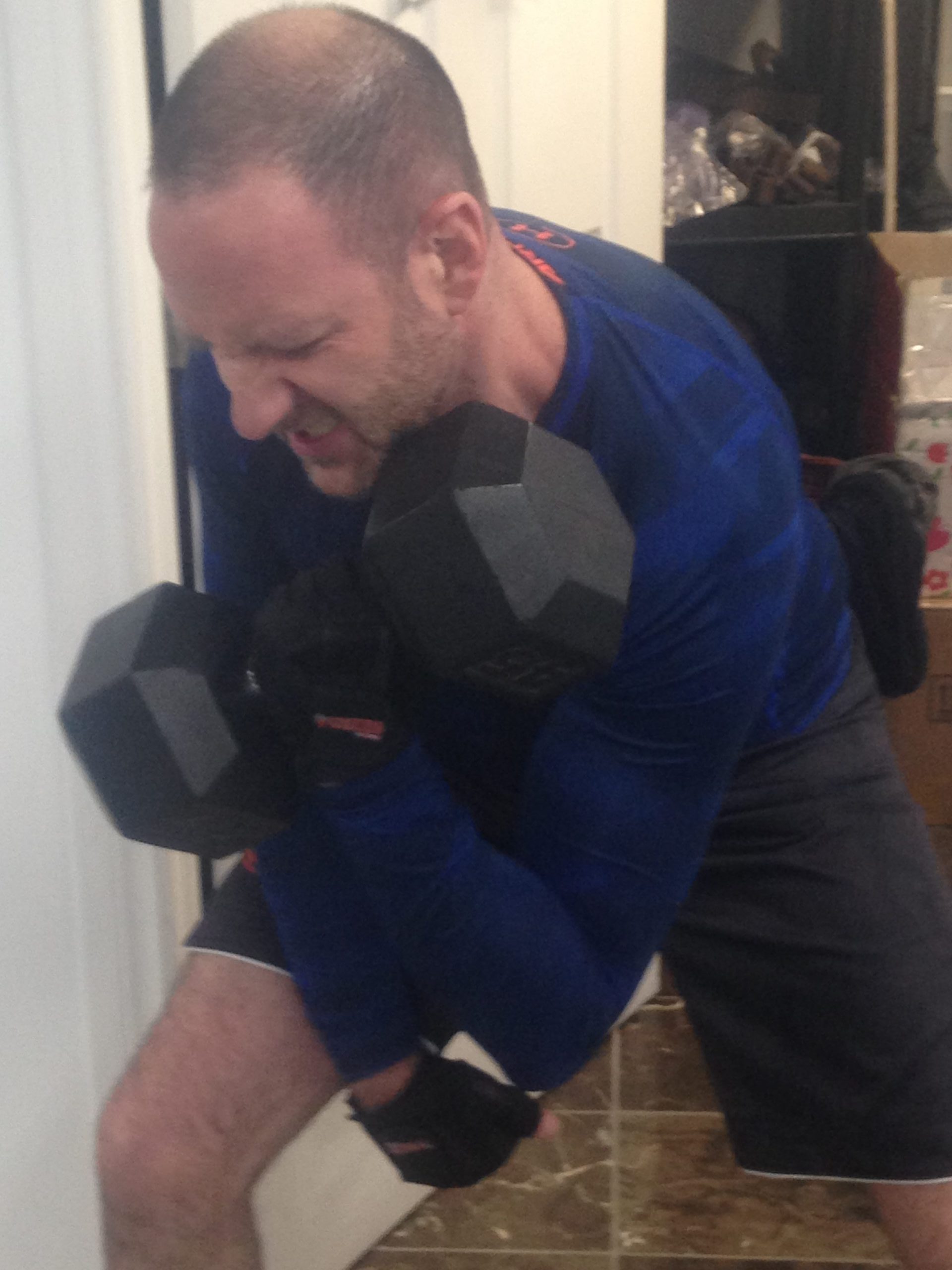
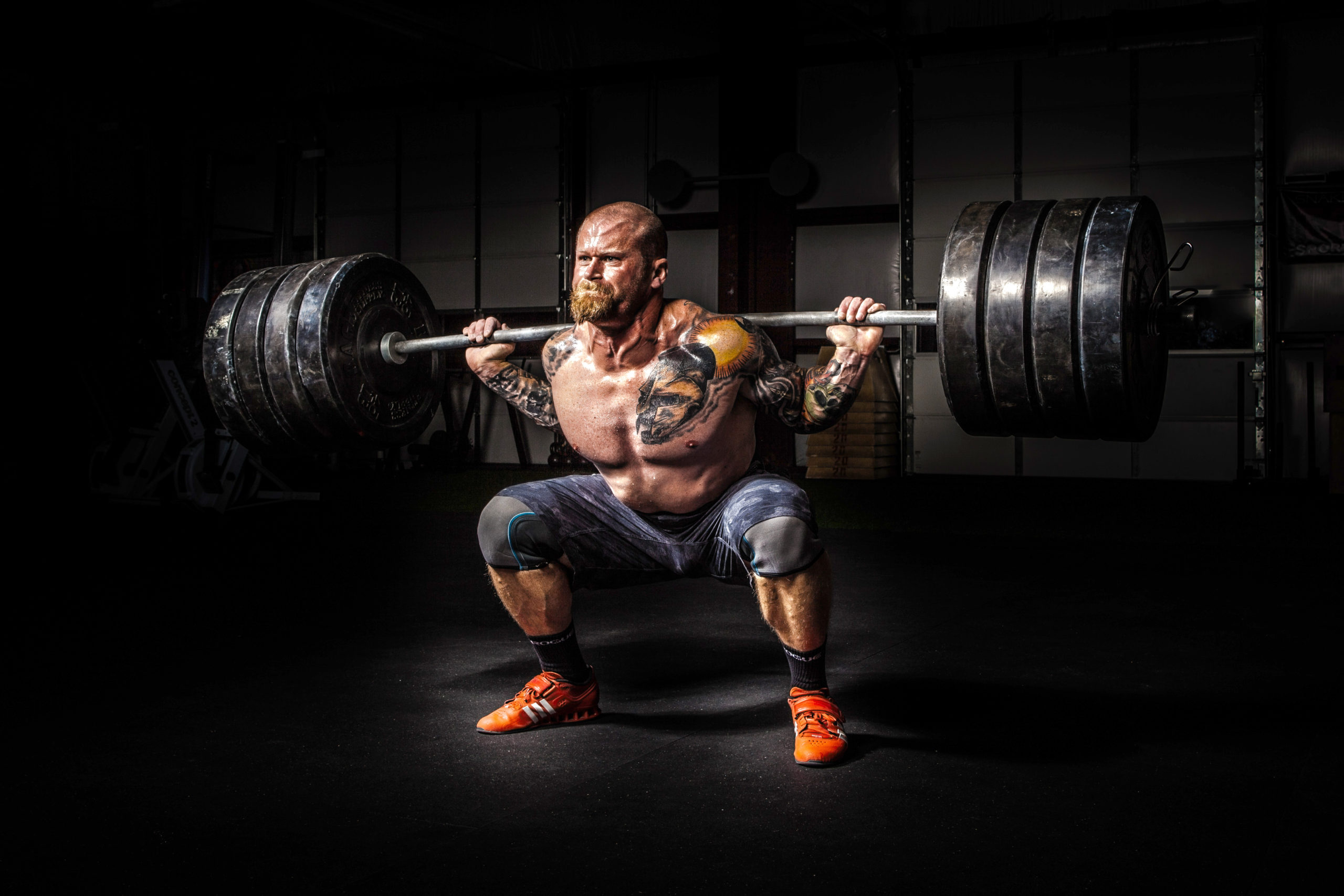
Recent Comments